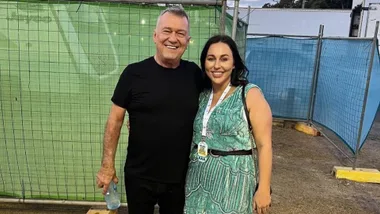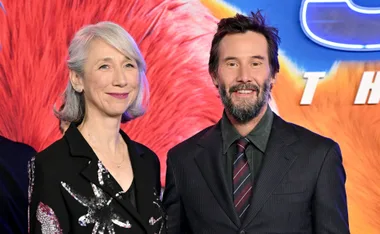Twenty years ago, Kit Kats were sold in two-piece packs weighing 20g, today a Kit Kat weighs 78g. Welcome to our supersize world. The result: we’re also supersizing ourselves.
Fancy a biscuit? And how about a coffee to go with it? Twenty years ago, that would have meant a biscuit you could have fitted whole &151; at a squeeze — into your mouth. Today, it’s the size of your hand and with around 10 times the calories.
The coffee hardly washes that down comfortably, either. In 1991, it was made with water and served in a 200ml cup. Even with milk and two sugars, it had only around 400 kilojoules. Now, we buy a 470ml full-cream milk-based coffee, with more than 2000kJ. Is it really any wonder we’re overweight?
In pictures: How to lose weight without noticing
“Food portion sizes have increased significantly over the past 20 years, along with obesity,” says dietitian Amanda Clark, author of the books Portion Perfection and Portion Perfection Healthy Snack Bible.
“It’s happened slowly so we just haven’t noticed how much they’ve crept up. We didn’t realise we were eating so much more.”
In the US, the average daily dietary intake has increased by 2520kJ (600 calories) — from 9122kJ (2172cal) to 11,655kJ (2775cal) — over the past 37 years.
Australians are not so far behind, with recent national intake surveys finding that our kids are now eating more than 840kJ (200cal) extra a day than they did 20 years ago. That could mean a 10 kilogram gain in body weight in just one year.
The reasons are various. The average dinner plate has grown by more than 36 percent since 1960. And portions in restaurants and fast-food outlets, where we eat much more regularly, have, in some cases, been supersized to more than double.
In addition, food is now generally sold in much bigger packs and bottles, which consumers embrace because they think they’re more of a bargain. In turn, food producers like to see us buy more, so it becomes a habit.
“It also has a lot to do with advertising and the images we see all the time of food,” says nutritionist and naturopath Tania Flack.
“We’re presented with pictures of Brontosaurus-sized steaks that would be enough to feed three, but they’re for one person. TV commercials show Sunday roasts that are massive. But just think back to the size of the kind of meals our grandparents served up — there’s absolutely no comparison.”
Back when all our energies were taken up with survival, food was only available at certain times, for instance when an animal was killed once every six days, clinical psychologist Sarah Edelman points out. Yet now we eat like it’s our last meal, three times a day.
“We’re designed and wired to look for food, and we haven’t made that evolutionary adjustment,” she says. “Food is also now very much part of our social life and culture, and it’s very comforting to eat, it can really reduce anxiety.”
In pictures: Celeb mums who lost too much weight, too quickly
We’re also far more confused about what a healthy diet involves, says Amanda Clark. Often, we think we can eat endless quantities of the good stuff, not realising that’s still too much.
Plus, adds Tania Flack, people usually kid themselves they’re being healthy by simply adding a small salad to a giant burger. “Instead, they should be adding a small burger to a big salad,” she says. “That’s the long-term solution.”
Read more of this story in the July issue of The Australian Women’s Weekly.
Your say: Have you noticed our portion sizes getting bigger?

Video: Are you piling too much food onto your plate?











